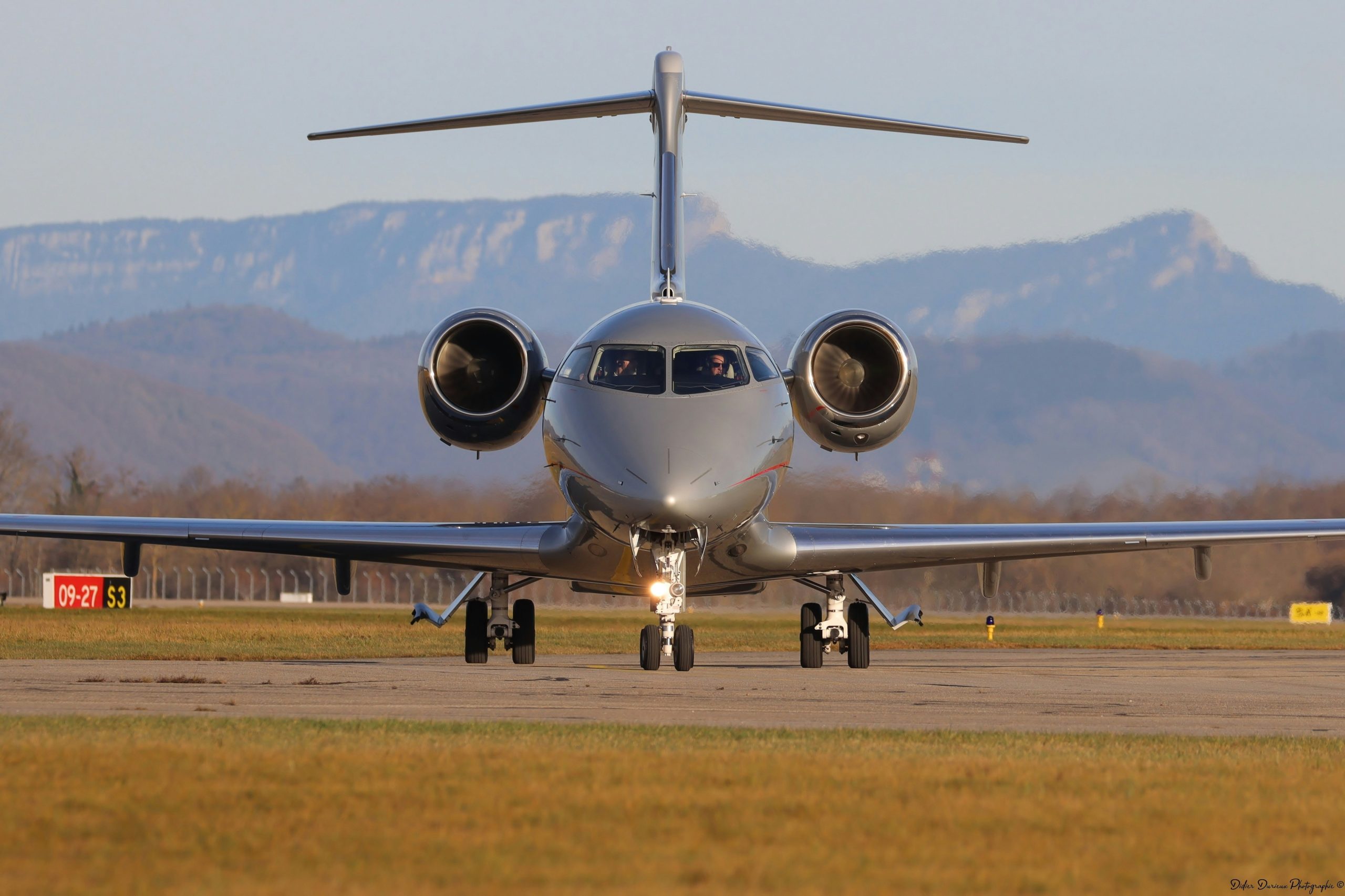The aerospace industry in Quebec is a major workhorse, accounting for over 50% of Canada’s production, with sales of $15.3 billion in 20181. The industry’s employment is also concentrated in Quebec, representing about 60% of the Canadian total2. The performance of the industry can be explained by the presence of major local and international players in the Greater Montreal region. These firms engage in activities throughout the aerospace supply chain, making it a competitive global cluster, rivalling Seattle and Toulouse. In fact, the concentration of firms has resulted in unique competencies in technologies related to decarbonization, autonomous aircraft and safety3.
Leveraging these innovations, the Government of Quebec has declared the Greater Montreal region as an innovation zone. Named Espace Aéro, the zone comprises of three poles in Montreal, Longueuil and Mirabel. Furthermore, the government has announced an initial investment of $85 million out of a larger industry-led investment of $415 million in the industry. Of this, nearly $240 million comes from Boeing, wanting to establish its presence alongside Bombardier and Airbus4. A common thread in these investments is that they are earmarked for research and development to further the region’s competencies. Within the wider innovation ecosystem, the region’s universities and research centres also play a crucial role.
This highlight seeks to examine the aerospace industry in Quebec using data from the Registre des entreprises du Québec (REQ). This dataset provides near real-time information on firms, including the number of employees, domicile address, primary and secondary industrial classification, description of activities, and location of establishments.
We begin by identifying firms (having more than 1 employee) that were active during 2022 with a primary or secondary industrial classification of 3211 (Industrie des aéronefs et des pièces d’aéronefs). This results in 179 firms, which is lower than the 262 firms identified by Montréal International. This discrepancy can be attributed to the limitation of relying on industrial codes and excluding firms with no employees. For example, Thales Canada Inc., a major designer and integrator of avionics suites and vision systems, has operations in Montreal. However, its industry classification in the REQ is 9799 (Autres services personnels et domestiques), which falls outside the selection criteria.
These firms are then categorized based on the number of their employees into Micro, Small and Medium (SME), and Large enterprises. Mapping these firms, we can see that the industry is clearly concentrated in the Greater Montreal region. Furthermore, most of the SMEs and large enterprises are also located here.
To better understand the role played by each firm in the industry, we need to identify their activities and its position in the aerospace industry's supply chain. For most of the firms, an indication of the activities undertaken can be extracted from the description provided in the REQ. These activities are then used to assign firms to a specific stage in the supply chain.
The aerospace supply chain is globally dispersed with significant inter-firm collaboration at different levels of the supply chain. With the product life cycle in the industry spanning several decades, firms that produce aircrafts (OEMs) enter into partnerships with their suppliers to leverage their specialized technological expertise, freeing up their resources to focus on other stages of the supply chain. These suppliers produce and assemble components and sub-components required to manufacture aircrafts. Finally, firms that provide technical consulting and maintenance, repair and overhaul (MRO) services are also integral to the industry's supply chain.
The following interactive chart illustrates the stages in the aerospace industry's supply chain. Hover over each stage to get a more detailed account of the activities undertaken by constituent firms.
The following map provides a closer look at the concentration of firms in the Greater Montreal region. In addition to the features outlined in the previous map, hovering over a firm reveals its address, number of employees, position in the supply chain and a description of its activities. The airports in Montreal, Mirabel and Longueuil are also mapped to highlight the proximity of this industry to these assets. Examining the geographic spread of these firms, we can see that the large enterprises and SMEs are mostly located within the three poles of the Espace Aéro. In terms of their position in the supply chain, a majority of these firms are Tier 1, 2 and 3 suppliers. Finally, the smallest firms in the industry are scattered around the larger firms and mostly provide technical services to them.
The classification of firms to a specific stage of the supply chain was done in two steps: first by feeding the firm name and description into ChatGPT, and then by manually refining the results to ensure consistency.
In conclusion, Quebec's aerospace industry plays a pivotal role in Canada's economy and global competitiveness. Using the description of activities from the REQ allows for a closer analysis of the industry from a supply chain perspective, offering valuable insight into its structure and dynamics. These insights support policymakers and industry leaders in making strategic investments to drive further growth and sustainability, capitalizing on the industry's unique competencies in decarbonization and autonomous aircraft.
References
1. Investissement Québec (n.d.)
2. State of Canada's Aerospace Industry Report (2023)
3. Gouvernement du Québec (2024)
4. Gouvernement du Québec (2024)
